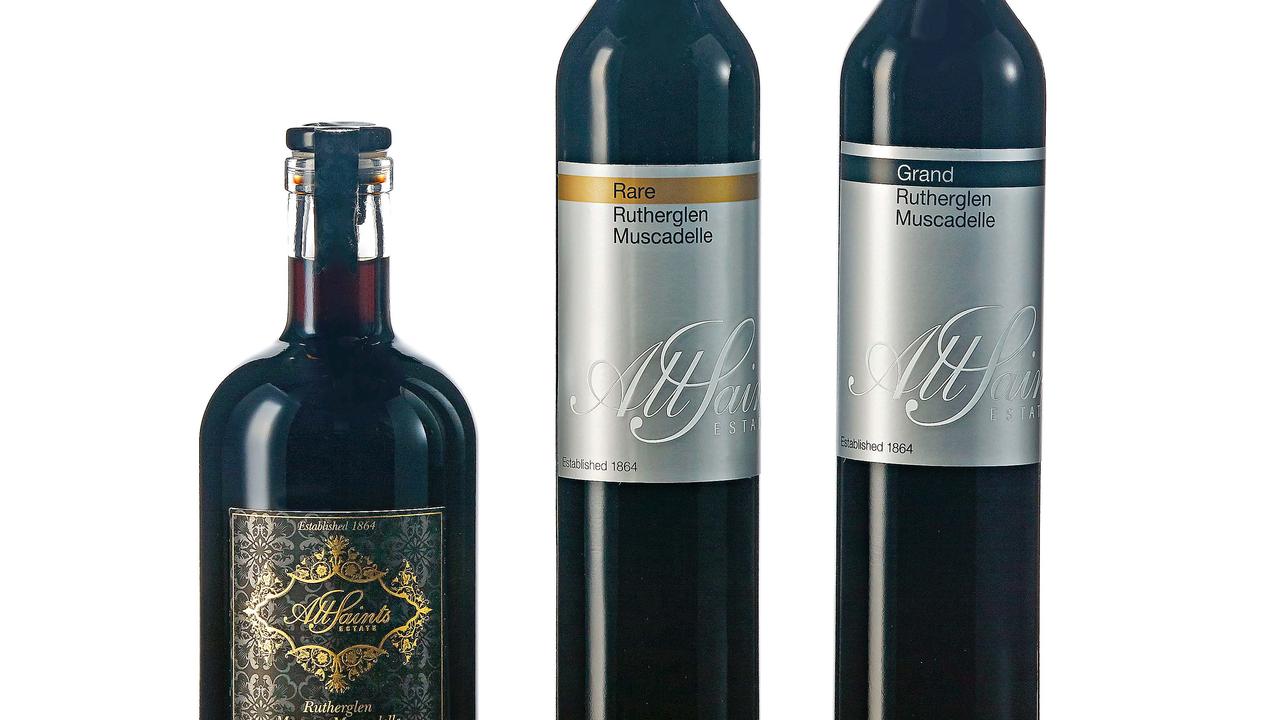The oldest rainforest
180 million years of evolution makes the Daintree a biological treasure-trove.

THERE is good reason why the Daintree rainforest of Far North Queensland is one of the world's most precious botanical treasures.
An estimated 180 million years old – tens of millions of years older than the Amazon rainforest in South America – the Daintree is a living museum that catalogues the evolution of plant life on Earth. Long celebrated as the place where the rainforest meets the sea, it is the world’s last remaining example of warm, moist rainforest from the time of the Gondwanaland supercontinent. And it contains living examples of ancient plant lineages that are found nowhere else on the planet.
Covering 1200sqkm between Mossman Gorge and the Bloomfield River, north of Cairns, the World Heritage-listed Daintree is the largest continuous rainforest area in Australia. Different to the rainforests in Victoria and Tasmania because it contains vines, to the untrained eye the Daintree can appear to be little more than a complex wall of green. But to the Kuku Yalanji indigenous custodians, such as Daintree Eco Lodge guide Juan Walker, the forest is a medicine chest, supermarket, hardware store and church all in one.
Professor Darren Crayn, director of the Cairns-based Australian Tropical Herbarium at James Cook University, says the age and relative stability of the Australian continent have enabled the Daintree rainforest to survive intact. There is every reason to believe the area has remained almost unchanged since the formation of the Great Dividing Range about 180 million years ago. The oldest fossil records are of rainforest in Victoria about 10 million years ago but because of the speed at which things break down in the tropics, the Daintree is considered to be many times older.
“We have got species here that represent just about every stage in the story of the evolution of plants on earth,’’ Crayn says. “It is also the largest extent that we know of complex mesophyll vine forest that is characteristic of the lowlands of the tropics. Combine that with the fact that we have got all these scientifically valuable plants and you have one of the most special places on the planet.’’
In short, the Daintree is like a time capsule of botanical development – starting with ferns, then cycads, and finally flowering plants. There are towering examples of King Ferns – the world’s largest fern – which has lineage back 300 million years. Some plants, such as Idiospermum australiense, or Idiot Fruit Tree, are found nowhere else on the planet and were not long ago considered to be extinct. Other plants such as the cycad Bowenia have reproductive habits that underscore the very nature of evolution. Bowenia produces seed but represents a point in time before flowering plants. It’s one of only two surviving plant species (Ginkgo biloba is the other) that procreates with flagellated sperm, which swims to fertilise the seed – a discovery that caused a sensation when it was first discovered at the turn of the last century.
The Daintree rainforest contains one-third of Australia’s frog, reptile and marsupial species, 65 per cent of the continent’s bat and butterfly species and 18 per cent of all bird species. There are also 12,000 species of insects. l
To get there
The Daintree rainforest is a two-hour drive north of Cairns in Far North Queensland. More information here.




